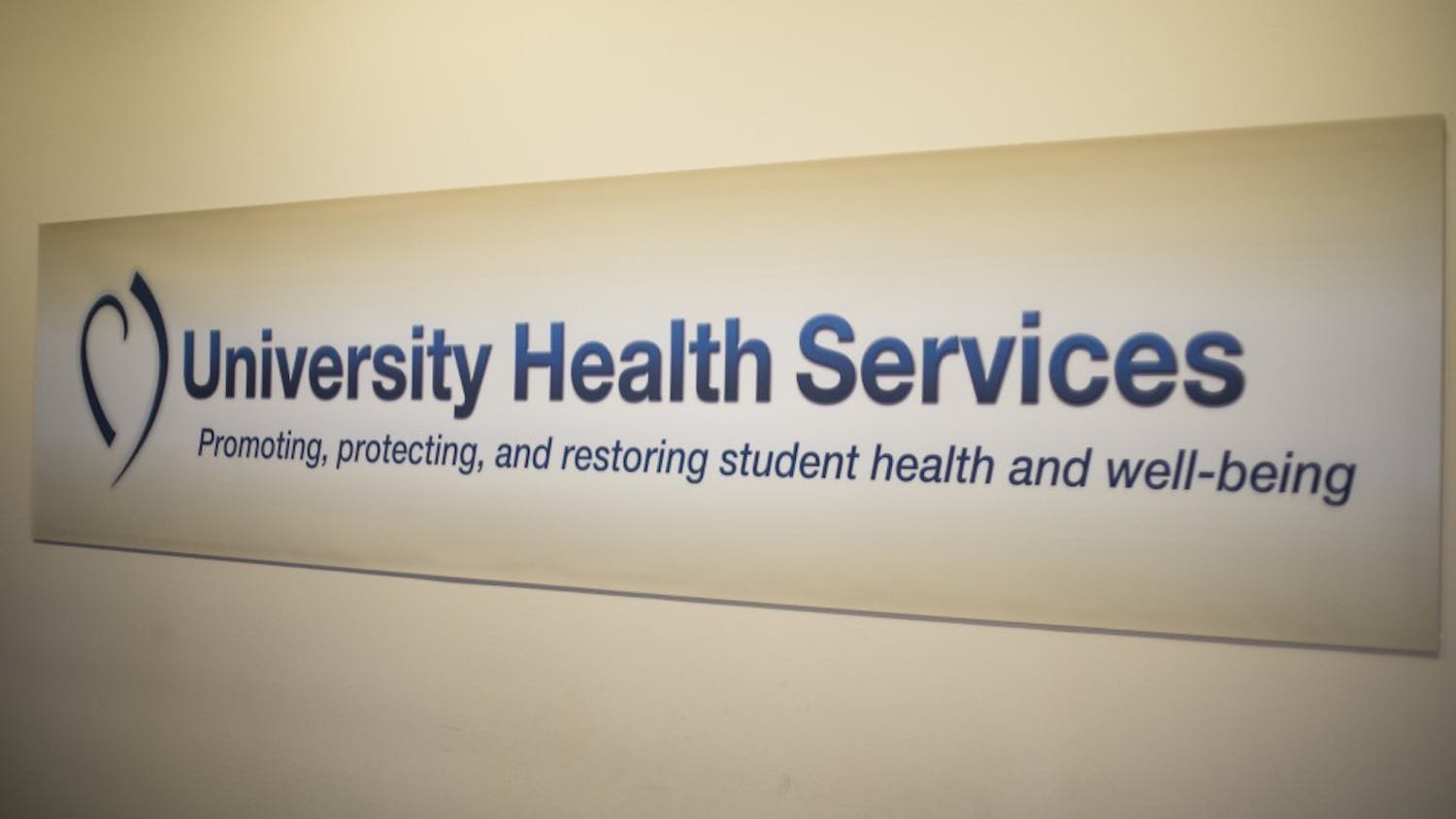Stem cells of various sorts hold the possibility for seemingly limitless cures and treatments. From Parkinson's disease to relief for diabetics, UW-Madison has researchers hard at work trying to better the quality of life for a plethora of disease sufferers.
Diabetes affects 15.7 million Americans, according to the Diabetes Prevention Program. Individuals with this condition may be dependent on insulin or other medications. Fortunately for those living with this ailment, Jon Odorico, a UW transplant surgeon, is researching the potential of embryonic stem cells in the treatment of diabetes.
Nationwide, at any given time, nearly 3,000 people are waiting on transplant lists for a pancreas or pancreatic islet cells to become available, according to Odorico. Odorico also said the major problem in pancreatic and pancreatic islet cell transplant is organ availability.
\There are just not enough organs to go around,"" Odorico said.
With their ability to differentiate into any cell type in the body, embryonic stem cells make for a promising study. They can potentially be coaxed and cultivated into graftable pancreatic cells.
According to Odorico, many cell types have been observed in culture, but directing their growth into specific cell types has not yet been mastered.
""We've tried several growth factors, but they have to be worked out a little more,"" Odorico said.
In terms of the treatment potential of stem cells for diabetes, Odorico expressed cautious optimism.
""A number of challenges must be achieved before going ahead with clinical trials, including determining if the islet cells [derived from stem cells] function in a normal way, safety-absence of tumor formation and effectiveness in a nonhuman primate model,"" Odorico said.
Not all stem-cell researchers have the same obstacles to overcome.
Clive Svendsen, UW-Madison professor of anatomy and neurobiology, is working with stem cells from other sources. Current debates over the use of embryonic stem cells sprout up because the cells are taken from human embryos that must be discarded, but Svendsen takes his neural stem cells from eight to 20 week-old babies that were lost to either misscarages or legal abortions.
Svendsen's goal is to aid sufferers of Parkinson's disease, an affliction that destroys neural cells.
Unfortunately curing the disease completely is not likely.
""We are not out to cure Parkinson's'we just want to supply some relief,"" he said.
Some scientists have raised concern over the current embryonic stem-cell culture. Human embryonic stem cells, like the ones Odorico works with, are grown on top of mouse cells; these feeder cells supply a necessary component for human embryonic stem-cell division, although researchers are not sure what that component is. The mouse and human embryonic stem cells are grown in layers, one cell type on top of the other.
Some scientists have cautioned that viruses from the mouse feeder cells may be transmitted to the human embryonic stem cells. That concern may be circumvented by growing the human embryonic stem cells in ""feeder-free"" culture, devoid of the mouse cells.
""A feeder-independent line has not been derived yet,"" Odorico said. ""It would have to be derived from the get-go from the stem cells.""
Just as organ transplant carries a risk of rejection, embryonic stem-cells grafts may as well. Odorico theorizes that it may be possible to engineer the embryonic stem-cell major histocompatability complex, a key determinant of whether or not an immune response will be launched against foreign tissue.
Svendsen's cells carry a much lower risk of rejection. Transplants involving his neural cells have been successfully completed on nonhuman animals, however this does not mean that human trials are in the near future, or even that much closer than Odorico's research is to fruition.
Both researchers agree that the first human to receive a stem-cell transplant is a ways off, and trying to pick a date is virtually impossible.
""I never give a time[line],"" Svendsen said.





